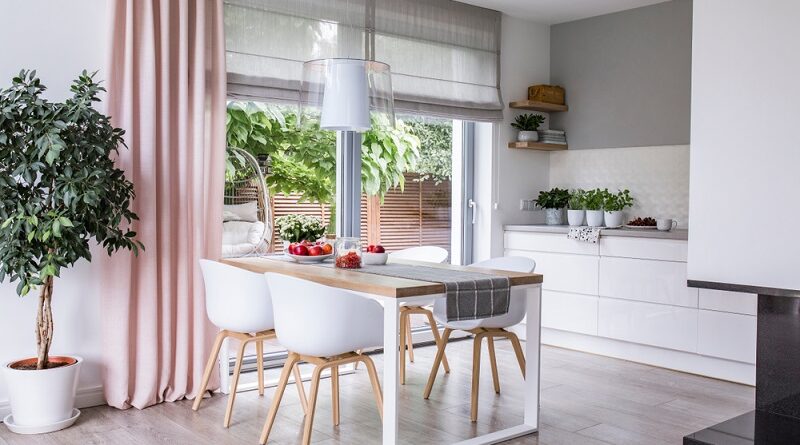why curtains form an essential part of home improvement
Curtains are more than mere window coverings; they are integral components of home improvement that blend functionality with aesthetic appeal. Their significance extends across various aspects of interior design and home efficiency, making them indispensable in creating a comfortable and stylish living environment.
1. Privacy Enhancement
One of the primary functions of curtains is to provide privacy. They act as barriers against external observation, allowing residents to enjoy their personal spaces without intrusion. This is particularly crucial in urban settings where homes are in close proximity. By choosing appropriate curtain fabrics and designs, homeowners can effectively shield their interiors from prying eyes.
2. Light Control and Improved Sleep Quality
Curtains offer control over the amount of natural light entering a room, which is essential for comfort and energy efficiency. Heavy or blackout curtains can block out sunlight, creating a dark environment conducive to sleep, while lighter fabrics allow for a soft diffusion of light, maintaining brightness without glare. This regulation of light contributes to better sleep quality and overall well-being.
3. Energy Efficiency and Temperature Regulation
Beyond aesthetics, curtains contribute to a home’s energy efficiency. They provide insulation by trapping air between the fabric and the window, reducing heat loss during colder months and minimizing heat gain during warmer periods. This thermal regulation can lead to significant energy savings by decreasing the reliance on heating and cooling systems.
4. Aesthetic Appeal and Personalization
Curtains play a pivotal role in interior design by adding color, texture, and style to a room. They can serve as focal points or complementary elements that tie together various design components. With an extensive range of fabrics, patterns, and styles available, curtains offer endless possibilities for personalization, allowing homeowners to reflect their unique tastes and enhance the overall ambiance of their spaces.
5. Protection of Interior Furnishings
Exposure to direct sunlight can cause fading and deterioration of furniture, flooring, and artwork. Curtains act as protective barriers, shielding interior furnishings from harmful UV rays and prolonging their lifespan. This preservation not only maintains the aesthetic appeal of home interiors but also translates to cost savings by reducing the need for frequent replacements.
6. Noise Reduction
Thick, heavy curtains can dampen external noises, contributing to a quieter and more serene indoor environment. This is particularly beneficial in bustling urban areas where street noise can be intrusive. By absorbing sound, curtains enhance acoustic comfort within the home.
7. Allergen Control
Curtains can help in reducing the infiltration of dust and outdoor allergens into living spaces. They act as filters, trapping particles that might otherwise circulate within the home. Regular cleaning of curtains ensures that these allergens are effectively managed, contributing to a healthier indoor environment.
8. Versatility in Design
The versatility of curtains allows them to adapt to various design themes, from classic to contemporary. They can be layered with other window treatments, such as blinds or shades, to achieve desired levels of light control and privacy. Additionally, curtains can be easily changed or updated, offering a cost-effective way to refresh a room’s appearance without extensive renovations.
9. Enhancement of Room Proportions
Strategically chosen and placed curtains can alter the perceived dimensions of a room. For instance, floor-to-ceiling curtains can create an illusion of height, making a room appear more spacious and grand. Similarly, extending curtain rods beyond the window frame can make windows seem larger, enhancing the overall sense of space.
10. Safety and Security
By concealing the interior of a home, curtains contribute to security by preventing outsiders from assessing the contents and layout of the space. This deterrent can reduce the likelihood of break-ins and enhance the occupants’ sense of safety.
Conclusion
Incorporating curtains into home design is a multifaceted decision that impacts privacy, energy efficiency, aesthetic appeal, and overall comfort. Their ability to control light, insulate against temperature fluctuations, and add personalized style makes them indispensable in home improvement. By thoughtfully selecting curtain materials, designs, and placements, homeowners can significantly enhance their living environments, achieving a harmonious balance between functionality and visual appeal.

